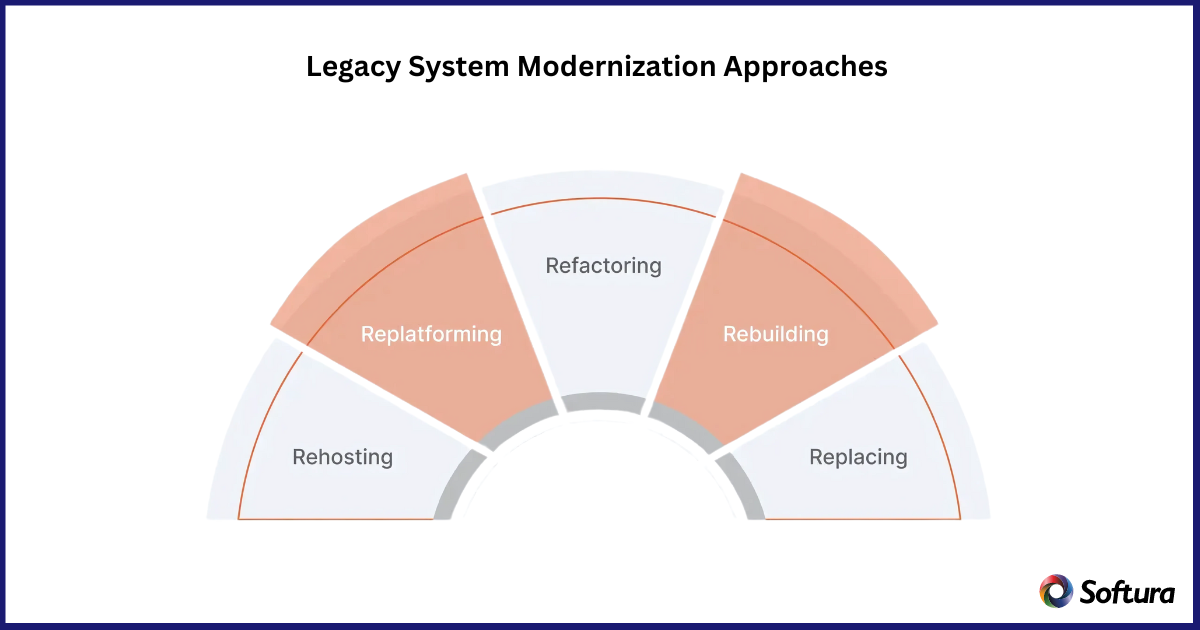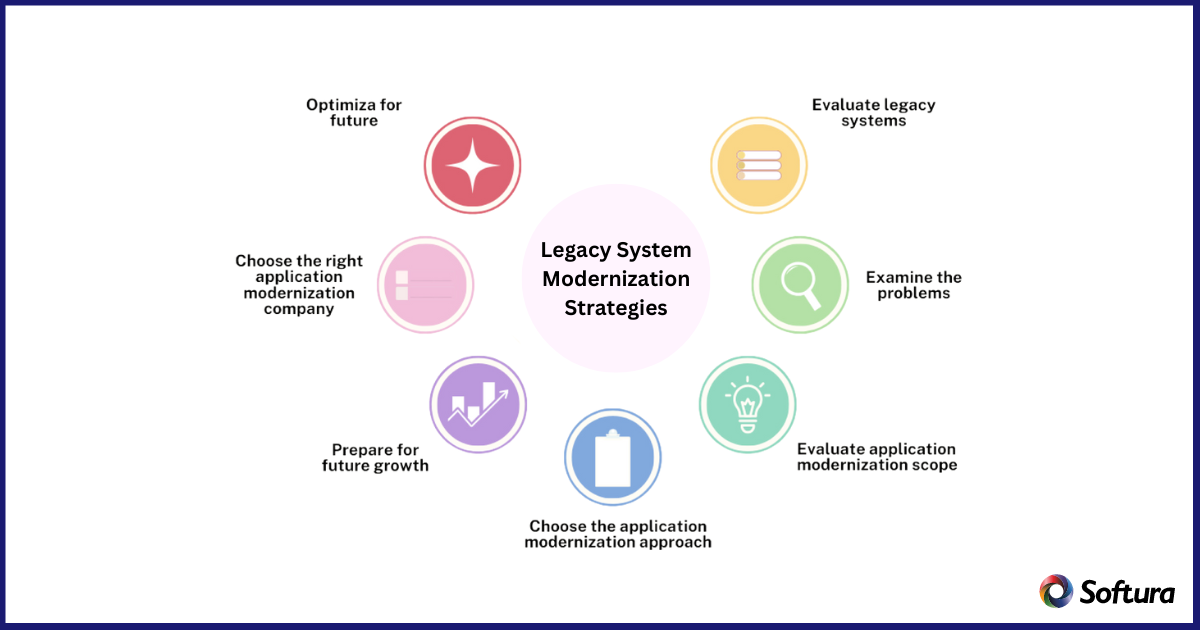"Our integration with the Google Nest smart thermostats through Aidoo Pro represents an unprecedented leap forward for our industry."
- Antonio Mediato, founder and CEO of Airzone.
Legacy System Modernization is an important process for companies wishing to stay competitive and keep up with technological changes. This blog post will discuss the latest approaches and successful strategies to update old systems, including real-life examples.
Legacy System Modernization refers to the process of updating and improving outdated software, hardware, and IT systems within an organization.
Many of these old systems are necessary for daily operations, but they may not work well with new technologies or could be expensive to keep up. The goal of modernization is to make these legacy system better so they can meet the needs of modern businesses, work better, and lower risks.
"Our integration with the Google Nest smart thermostats through Aidoo Pro represents an unprecedented leap forward for our industry."
- Antonio Mediato, founder and CEO of Airzone.

Rehosting, which is also known as "lift-and-shift," is the process of moving an legacy system from its current hardware setting to a new one without changing its code, features, or functions.
Most of the time, this method is used to lower infrastructure costs or make an application more scalable without changing its logic.
With the rise of cloud computing, rehosting has become very common because it lets businesses use the benefits of cloud technology, such as its freedom, scalability, and low cost.
Key Benefits:
Refactoring is the process of reorganizing and improving an application's current code base without changing how it works.
The goal of this method is to clean up the code, make it better organized, and make it easier to manage and work better.
Refactoring is often used to bring applications up to date, so they work better with new technologies. It’s also used to get them ready for the upcoming updating steps, such as rearchitecting.
Key Benefits:
Rearchitecting involves making key changes to the application's code to shift it to a new architecture. One way to do this is to switch from a fixed system to a microservices architecture.
When you rearchitect an app, you usually want to make it more scalable, flexible, and fast. However, this method is more complicated than rewriting and generally needs a better understanding of how the application works and how it should be built.
It is recommended to partner with an experienced application modernization services partner to execute this approach.
Key Benefits:
When you rebuild an application, you rethink and rewrite it from start while keeping its scope and requirements. When the technology in the older system is so old that small changes like rewriting or rearchitecting are not possible or cost-effective, this method is used instead.
When you rebuild something, it is essential to use new technologies and methods from the very beginning. This helps in creating a new app that meets the same business needs exactly as the old one.
Key Benefits:
As obvious as it sounds, replacing is getting rid of an old system to make way for a new one that meets the same business needs.
You can do this by using a ready-made solution or developing a new program from scratch.
People usually think about replacing an old system when they can't find another way to make it work better with modern technology or when a ready-made solution has better benefits in terms of features, cost, or time to set up.
Key Benefits:
"By analyzing the data from our connected lights, devices and systems, our goal is to create additional value for our customers through data-enabled services that unlock new capabilities and experiences."
- Harsh Chitale, leader of Philips Lighting’s Professional Business.
Onboard dedicated Offshore App Developers
Develop Mobile application and integrate it into your business processes with Softura's dedicated offshore mobile app developers!
When embarking on a legacy system modernization project, it's essential to adopt a strategic approach:
"By analyzing the data from our connected lights, devices and systems, our goal is to create additional value for our customers through data-enabled services that unlock new capabilities and experiences."
- Harsh Chitale, leader of Philips Lighting’s Professional Business.

Issue Faced by the Organization:
A major global food business was having a hard time with an array of old software and processes.
Because these systems weren't linked together, there were flaws that hurt both production and profits.
Also, the company was having trouble with its IT, HR/HCM, ERP, and Corporate Finance tools. Either these tools were being updated, were being shut down, or were not being used at all.
Furthermore, problems arose from staff change and a lack of efficient manpower to handle the IT systems.
Ideally, it was not the kind of situation such a leading giant would have wanted in a competitive market.
Softura’s Solution:
Softura stepped in to help with C-Level Advisory Consulting, and an Enterprise Architect worked closely with both the IT and business departments.
Here are the initial steps taken:
Then, Softura planned and created a standard, worldwide site for self-service custom applications. Robotic Process Automation (RPA) processes were built into this site, with a master database for the organization's business units. It connected HR, ERP, Finance, Budgeting & Accounting, IT, and Growth Operations.
"By analyzing the data from our connected lights, devices and systems, our goal is to create additional value for our customers through data-enabled services that unlock new capabilities and experiences."
- Harsh Chitale, leader of Philips Lighting’s Professional Business.
Softura provides a wide range of application modernization services to assist companies in successfully updating their legacy systems. Softura offers customized solutions that make the transition from old systems to new, safe, and efficient.
Reach out to us to schedule a complimentary discussion on updating your existing legacy systems
"Our integration with the Google Nest smart thermostats through Aidoo Pro represents an unprecedented leap forward for our industry."
- Antonio Mediato, founder and CEO of Airzone.
Are you ready for your next project?
Unlock your company's full potential with our comprehensive Software development services. Contact our experts today to discuss how we can drive your success together.